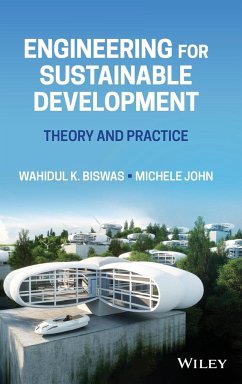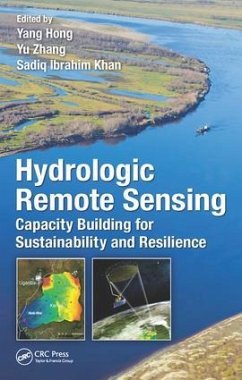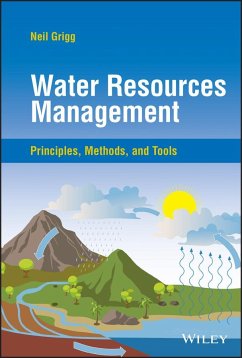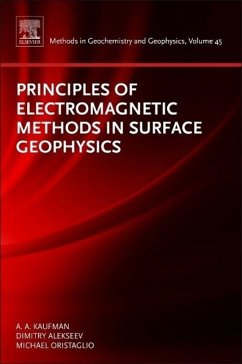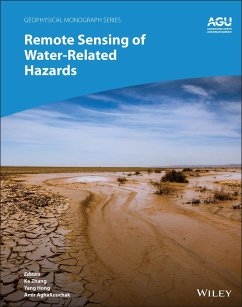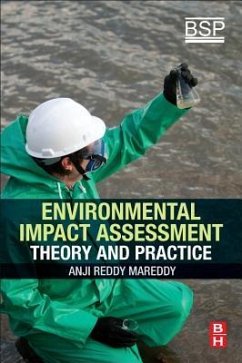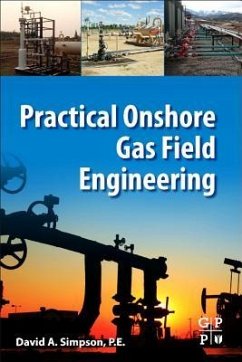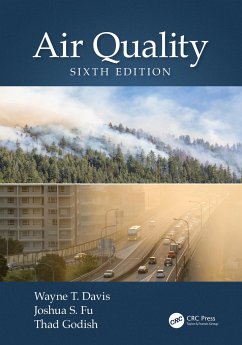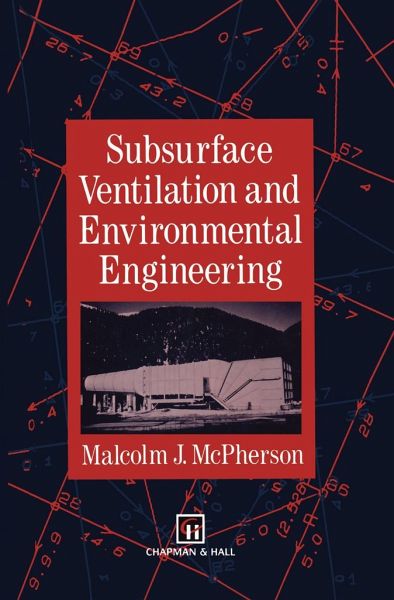
Subsurface Ventilation and Environmental Engineering
Versandkostenfrei!
Versandfertig in über 4 Wochen
414,99 €
inkl. MwSt.
Weitere Ausgaben:

PAYBACK Punkte
207 °P sammeln!
This book develops the theoretical treatments of subsurface ventilation to provide thorough understanding of the fundamental mechanisms, to comprehend the limitations of approximate methods and reasons for those limits and to provide the knowledge and tools necessary for the encouragement of original thinking and new ideas.






